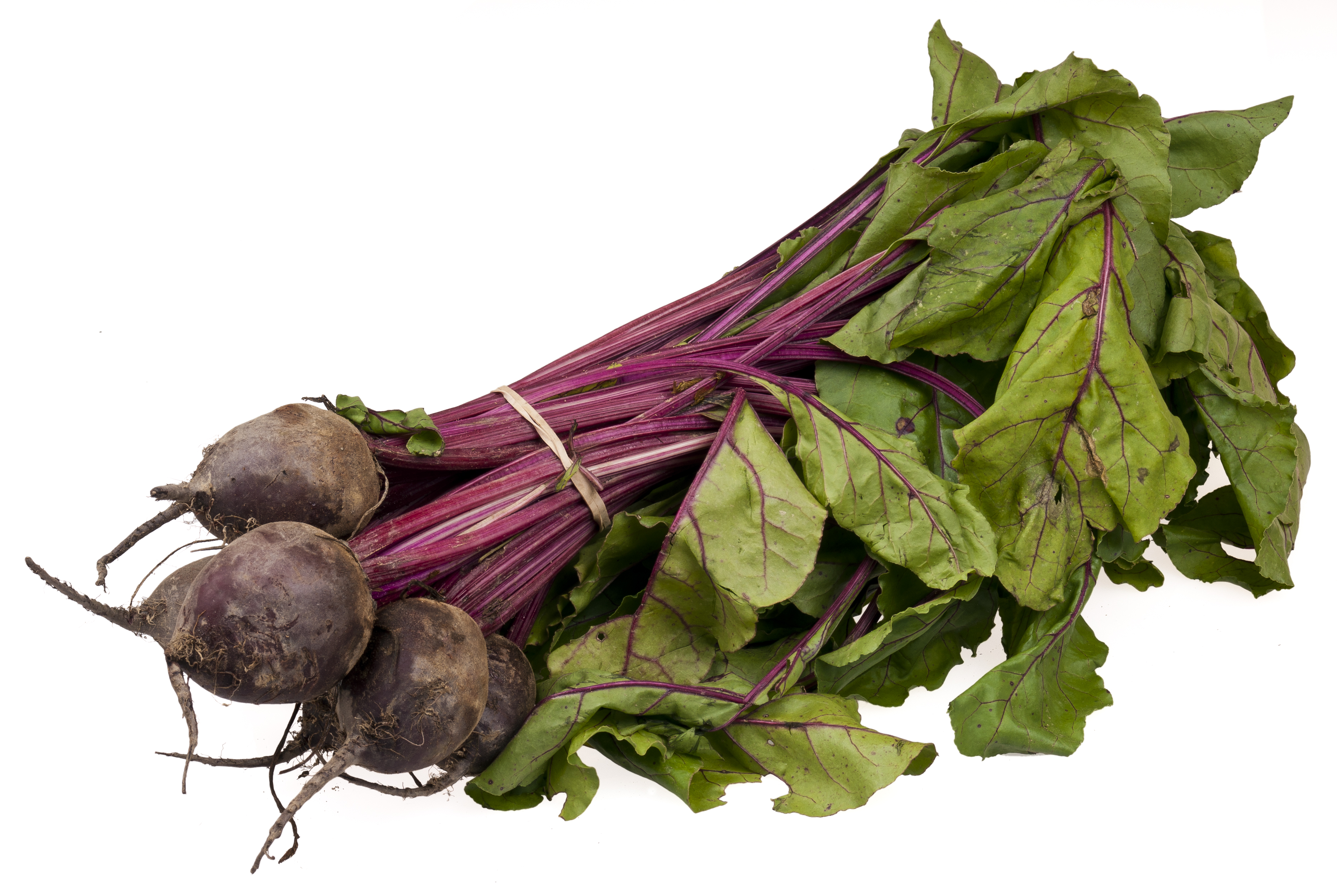Potential future fermentation projects:
-Beer
-Kvass (Russian bread soda, basically)
-Beet kvass

-All-beet kraut (or pickled beets, you might call it)
-Beet wine
-Beet hot sauce (sweet and hot)
-Fermented beet and corn salad (very close to becoming a real thing)
-Beet yogurt (getting the theme yet?)
-Tomato wine
-Sourdough pizza
-Fermented tomato sauce (we'll need this on our sourdough pizza)
-Fermented peach preserves
-Sour pickles
-Hard cider
-Beet hard cider (why not?!)
-Fermented ginger preserves
-Pickled potatoes
-kombucha
-Kefir!
Any more suggestions? I'm open for business.
Let's not hold back here. The possibilities are limitless, constrained only by imagination and equipment. People have laughed when I told them my plans. I understand fermentation is easy to dismiss as a mad scientist-type hobby without productive consequences. This is real, though. I'm going ahead with it anyway, but I want people to know that it's not a joke. There are vast opportunities for fun, financial savings, and health improvement. I plan to laugh all the way to a tasty bank of jars containing the products of my labor combined with friendly bacteria.
It's mostly for fun right now, but it feels good to have a modicum of skill that creates something you can eat and drink and give to people. It feels good to make your own. And when people laugh at you, you can go home to your pickled beets and feast until your lips turn red.
Also, let's not lie, it's fun to be able to make alcohol. It's not just fun, it's easy too. I'm a little short on jugs, but once I get my operation running, there's going to be a large quantity of wine in production. If you're nice to me, you'll be on the distribution list.




